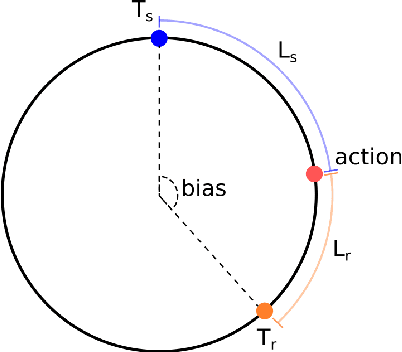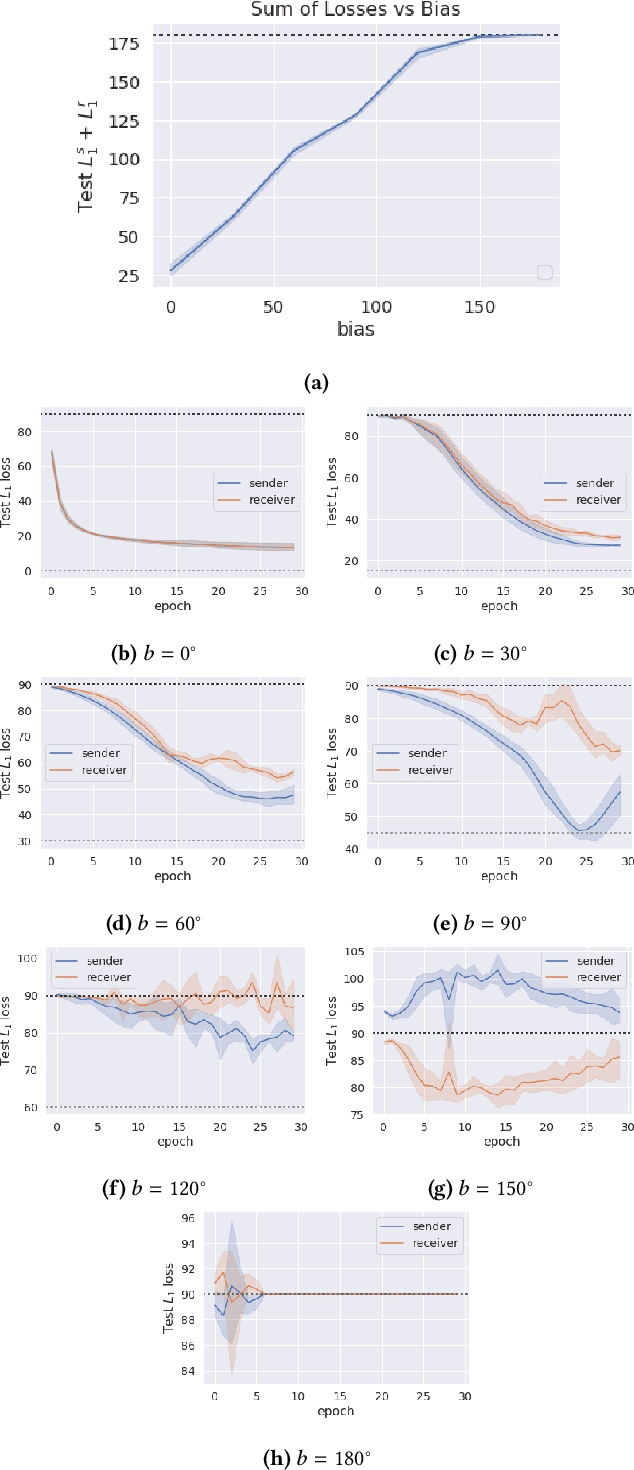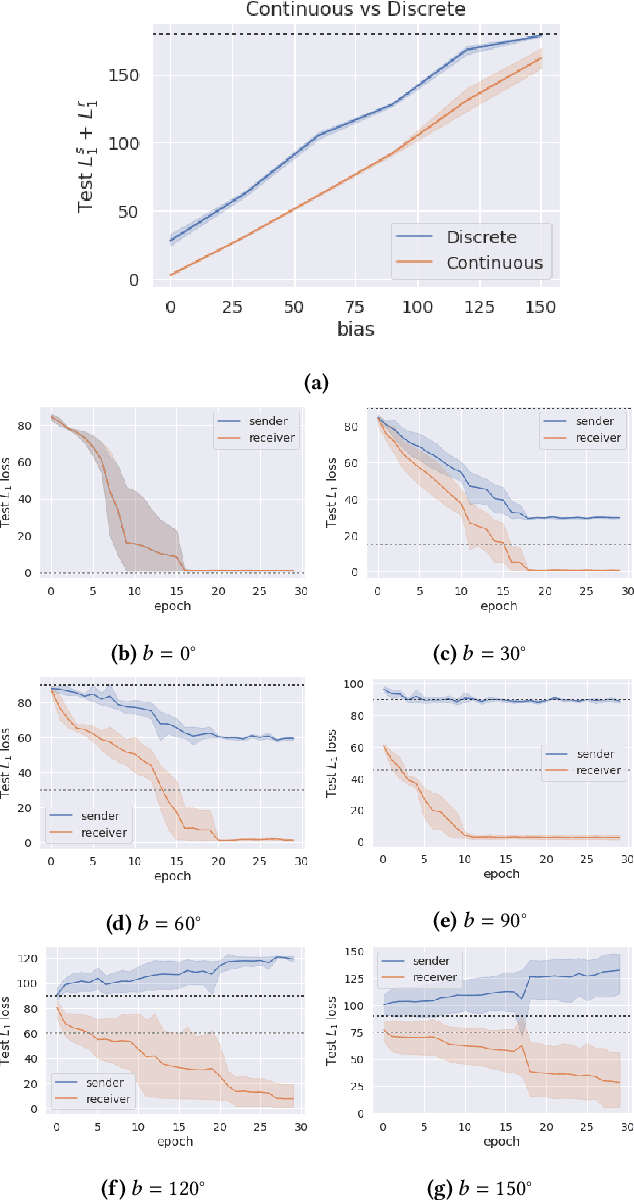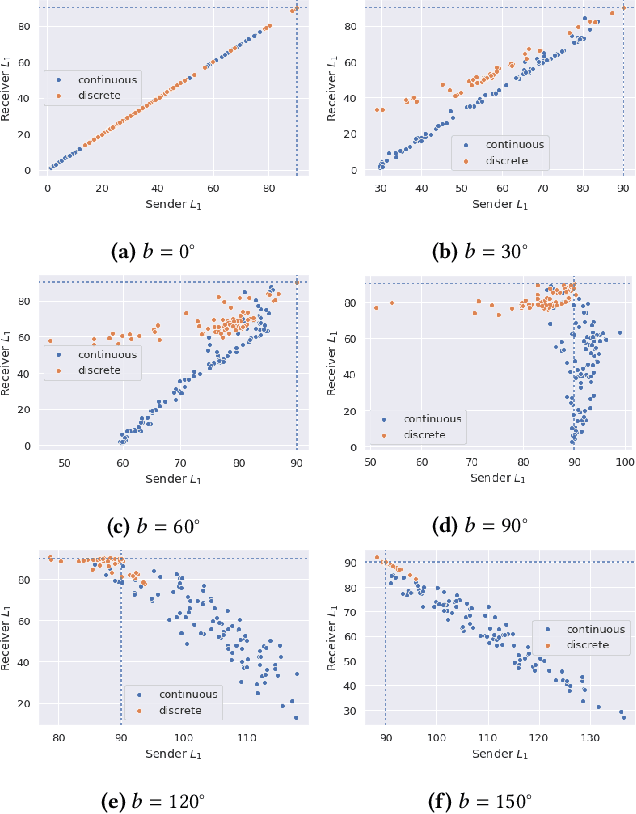Travis LaCroix
Ethics and Deep Learning
May 24, 2023


Abstract:This article appears as chapter 21 of Prince (2023, Understanding Deep Learning); a complete draft of the textbook is available here: http://udlbook.com. This chapter considers potential harms arising from the design and use of AI systems. These include algorithmic bias, lack of explainability, data privacy violations, militarization, fraud, and environmental concerns. The aim is not to provide advice on being more ethical. Instead, the goal is to express ideas and start conversations in key areas that have received attention in philosophy, political science, and the broader social sciences.
The Linguistic Blind Spot of Value-Aligned Agency, Natural and Artificial
Jul 02, 2022


Abstract:The value-alignment problem for artificial intelligence (AI) asks how we can ensure that the 'values' (i.e., objective functions) of artificial systems are aligned with the values of humanity. In this paper, I argue that linguistic communication (natural language) is a necessary condition for robust value alignment. I discuss the consequences that the truth of this claim would have for research programmes that attempt to ensure value alignment for AI systems; or, more loftily, designing robustly beneficial or ethical artificial agents.
Metaethical Perspectives on 'Benchmarking' AI Ethics
Apr 11, 2022Abstract:Benchmarks are seen as the cornerstone for measuring technical progress in Artificial Intelligence (AI) research and have been developed for a variety of tasks ranging from question answering to facial recognition. An increasingly prominent research area in AI is ethics, which currently has no set of benchmarks nor commonly accepted way for measuring the 'ethicality' of an AI system. In this paper, drawing upon research in moral philosophy and metaethics, we argue that it is impossible to develop such a benchmark. As such, alternative mechanisms are necessary for evaluating whether an AI system is 'ethical'. This is especially pressing in light of the prevalence of applied, industrial AI research. We argue that it makes more sense to talk about 'values' (and 'value alignment') rather than 'ethics' when considering the possible actions of present and future AI systems. We further highlight that, because values are unambiguously relative, focusing on values forces us to consider explicitly what the values are and whose values they are. Shifting the emphasis from ethics to values therefore gives rise to several new ways of understanding how researchers might advance research programmes for robustly safe or beneficial AI. We conclude by highlighting a number of possible ways forward for the field as a whole, and we advocate for different approaches towards more value-aligned AI research.
Moral Dilemmas for Moral Machines
Mar 11, 2022Abstract:Autonomous systems are being developed and deployed in situations that may require some degree of ethical decision-making ability. As a result, research in machine ethics has proliferated in recent years. This work has included using moral dilemmas as validation mechanisms for implementing decision-making algorithms in ethically-loaded situations. Using trolley-style problems in the context of autonomous vehicles as a case study, I argue (1) that this is a misapplication of philosophical thought experiments because (2) it fails to appreciate the purpose of moral dilemmas, and (3) this has potentially catastrophic consequences; however, (4) there are uses of moral dilemmas in machine ethics that are appropriate and the novel situations that arise in a machine-learning context can shed some light on philosophical work in ethics.
Est-ce que vous compute? Code-switching, cultural identity, and AI
Dec 15, 2021Abstract:Cultural code-switching concerns how we adjust our overall behaviours, manners of speaking, and appearance in response to a perceived change in our social environment. We defend the need to investigate cultural code-switching capacities in artificial intelligence systems. We explore a series of ethical and epistemic issues that arise when bringing cultural code-switching to bear on artificial intelligence. Building upon Dotson's (2014) analysis of testimonial smothering, we discuss how emerging technologies in AI can give rise to epistemic oppression, and specifically, a form of self-silencing that we call 'cultural smothering'. By leaving the socio-dynamic features of cultural code-switching unaddressed, AI systems risk negatively impacting already-marginalised social groups by widening opportunity gaps and further entrenching social inequalities.
Emergent Communication under Competition
Jan 25, 2021



Abstract:The literature in modern machine learning has only negative results for learning to communicate between competitive agents using standard RL. We introduce a modified sender-receiver game to study the spectrum of partially-competitive scenarios and show communication can indeed emerge in a competitive setting. We empirically demonstrate three key takeaways for future research. First, we show that communication is proportional to cooperation, and it can occur for partially competitive scenarios using standard learning algorithms. Second, we highlight the difference between communication and manipulation and extend previous metrics of communication to the competitive case. Third, we investigate the negotiation game where previous work failed to learn communication between independent agents (Cao et al., 2018). We show that, in this setting, both agents must benefit from communication for it to emerge; and, with a slight modification to the game, we demonstrate successful communication between competitive agents. We hope this work overturns misconceptions and inspires more research in competitive emergent communication.
The Tragedy of the AI Commons
Jun 09, 2020



Abstract:Policy and guideline proposals for ethical artificial-intelligence research have proliferated in recent years. These are supposed to guide the socially-responsible development of AI for the common good. However, there typically exist incentives for non-cooperation (i.e., non-adherence to such policies and guidelines); and, these proposals often lack effective mechanisms to enforce their own normative claims. The situation just described constitutes a social dilemma---namely, a situation where no one has an individual incentive to cooperate, though mutual cooperation would lead to the best outcome for all involved. In this paper, we use stochastic evolutionary game dynamics to model this social dilemma in the context of the ethical development of artificial intelligence. This formalism allows us to isolate variables that may be intervened upon, thus providing actionable suggestions for increased cooperation amongst numerous stakeholders in AI. Our results show how stochastic effects can help make cooperation viable in such a scenario. They suggest that coordination for a common good should be attempted in smaller groups in which the cost for cooperation is low, and the perceived risk of failure is high. This provides insight into the conditions under which we should expect such ethics proposals to be successful with regard to their scope, scale, and content.
Learning from Learning Machines: Optimisation, Rules, and Social Norms
Dec 29, 2019
Abstract:There is an analogy between machine learning systems and economic entities in that they are both adaptive, and their behaviour is specified in a more-or-less explicit way. It appears that the area of AI that is most analogous to the behaviour of economic entities is that of morally good decision-making, but it is an open question as to how precisely moral behaviour can be achieved in an AI system. This paper explores the analogy between these two complex systems, and we suggest that a clearer understanding of this apparent analogy may help us forward in both the socio-economic domain and the AI domain: known results in economics may help inform feasible solutions in AI safety, but also known results in AI may inform economic policy. If this claim is correct, then the recent successes of deep learning for AI suggest that more implicit specifications work better than explicit ones for solving such problems.
Biology and Compositionality: Empirical Considerations for Emergent-Communication Protocols
Dec 27, 2019Abstract:Significant advances have been made in artificial systems by using biological systems as a guide. However, there is often little interaction between computational models for emergent communication and biological models of the emergence of language. Many researchers in language origins and emergent communication take compositionality as their primary target for explaining how simple communication systems can become more like natural language. However, there is reason to think that compositionality is the wrong target on the biological side, and so too the wrong target on the machine-learning side. As such, the purpose of this paper is to explore this claim. This has theoretical implications for language origins research more generally, but the focus here will be the implications for research on emergent communication in computer science and machine learning---specifically regarding the types of programmes that might be expected to work and those which will not. I further suggest an alternative approach for future research which focuses on reflexivity, rather than compositionality, as a target for explaining how simple communication systems may become more like natural language. I end by providing some reference to the language origins literature that may be of some use to researchers in machine learning.
 Add to Chrome
Add to Chrome Add to Firefox
Add to Firefox Add to Edge
Add to Edge